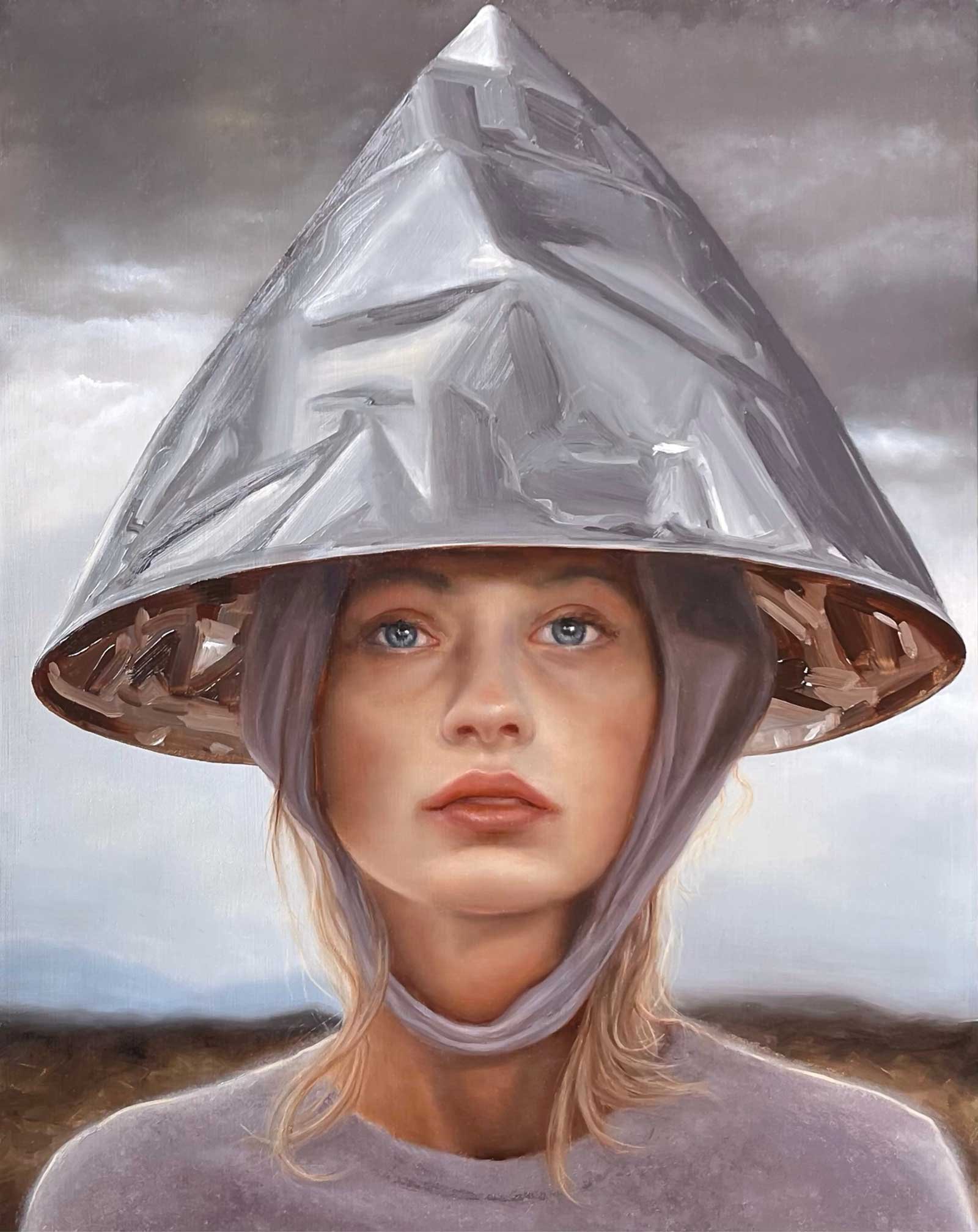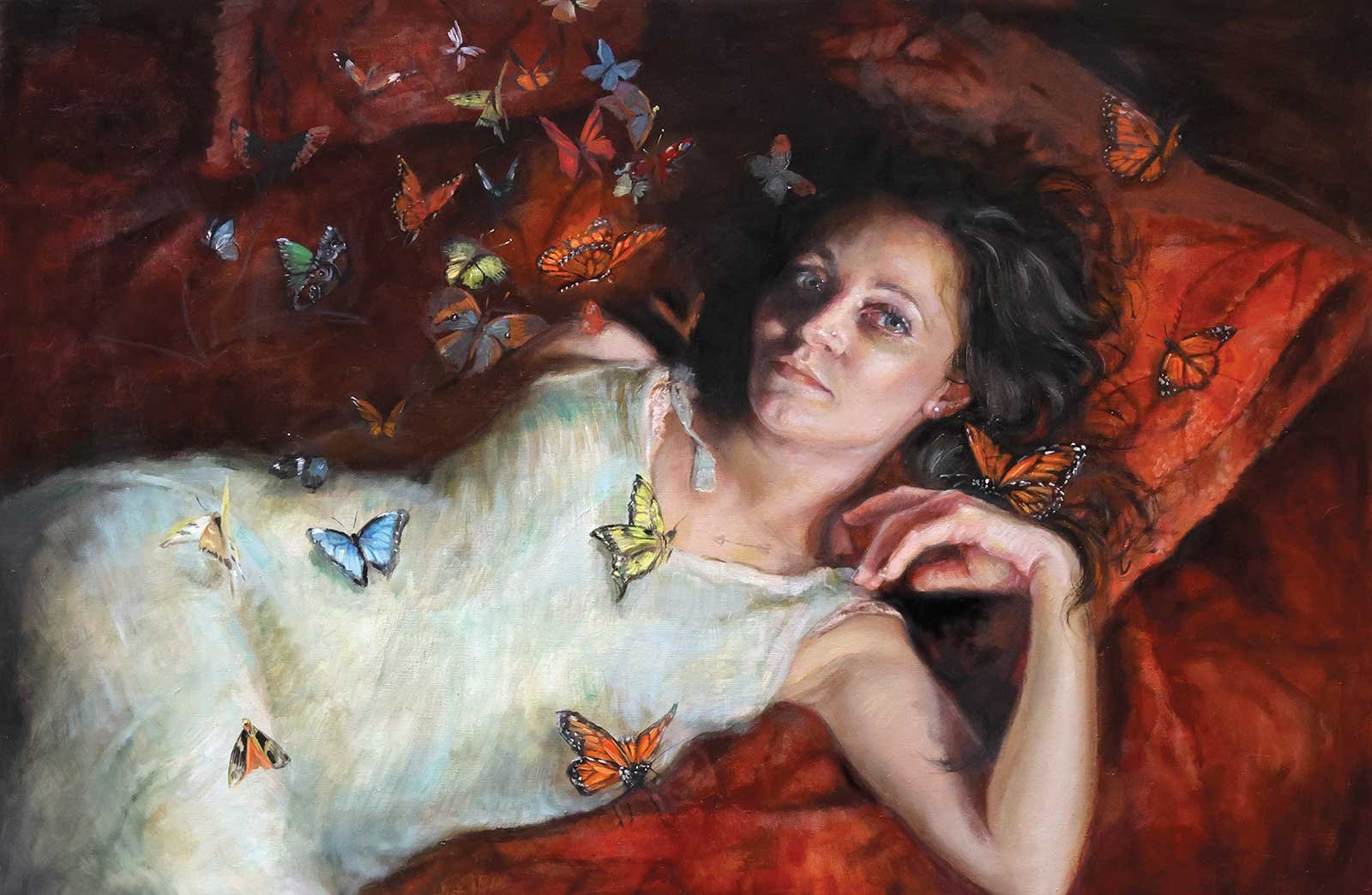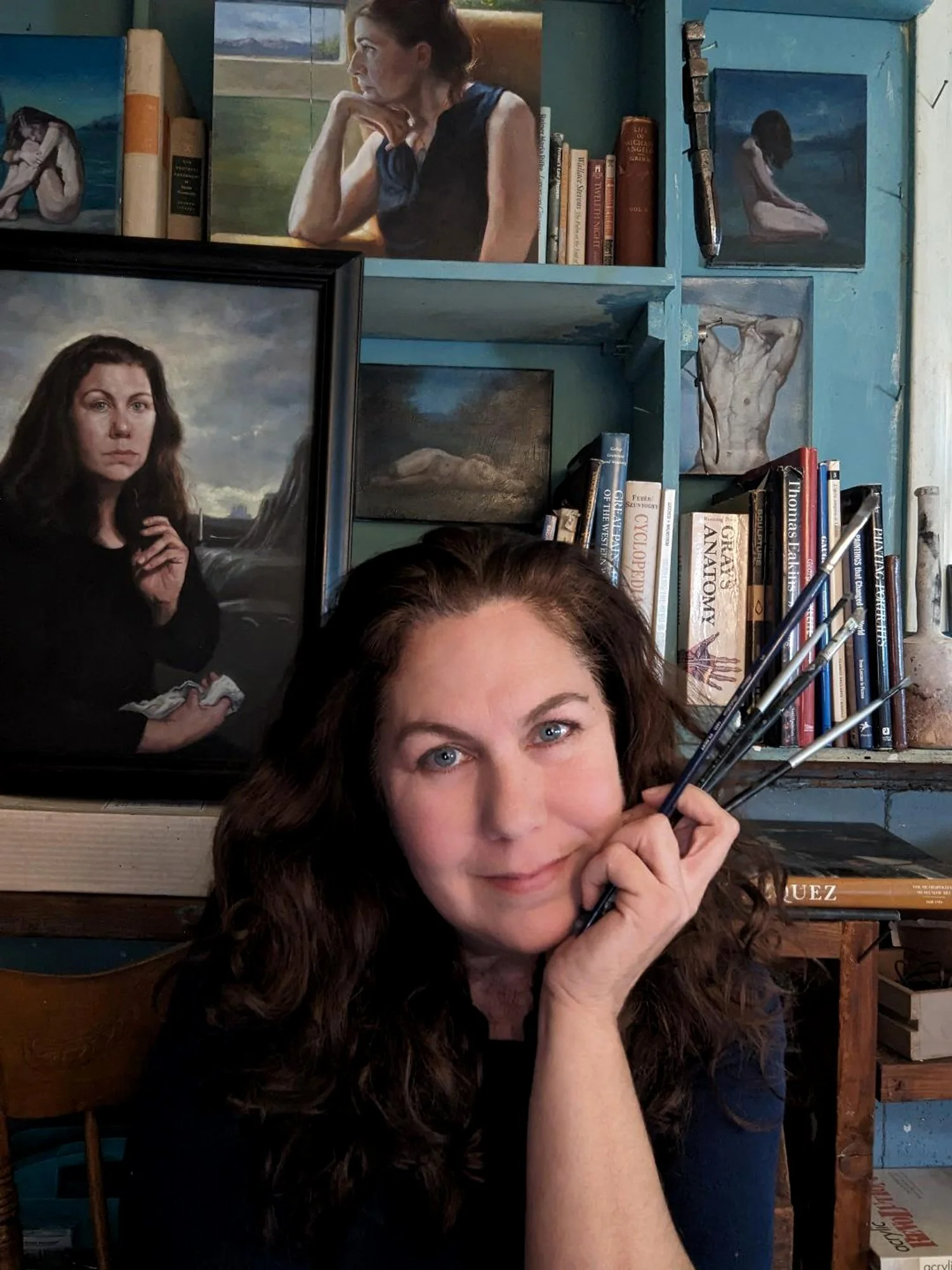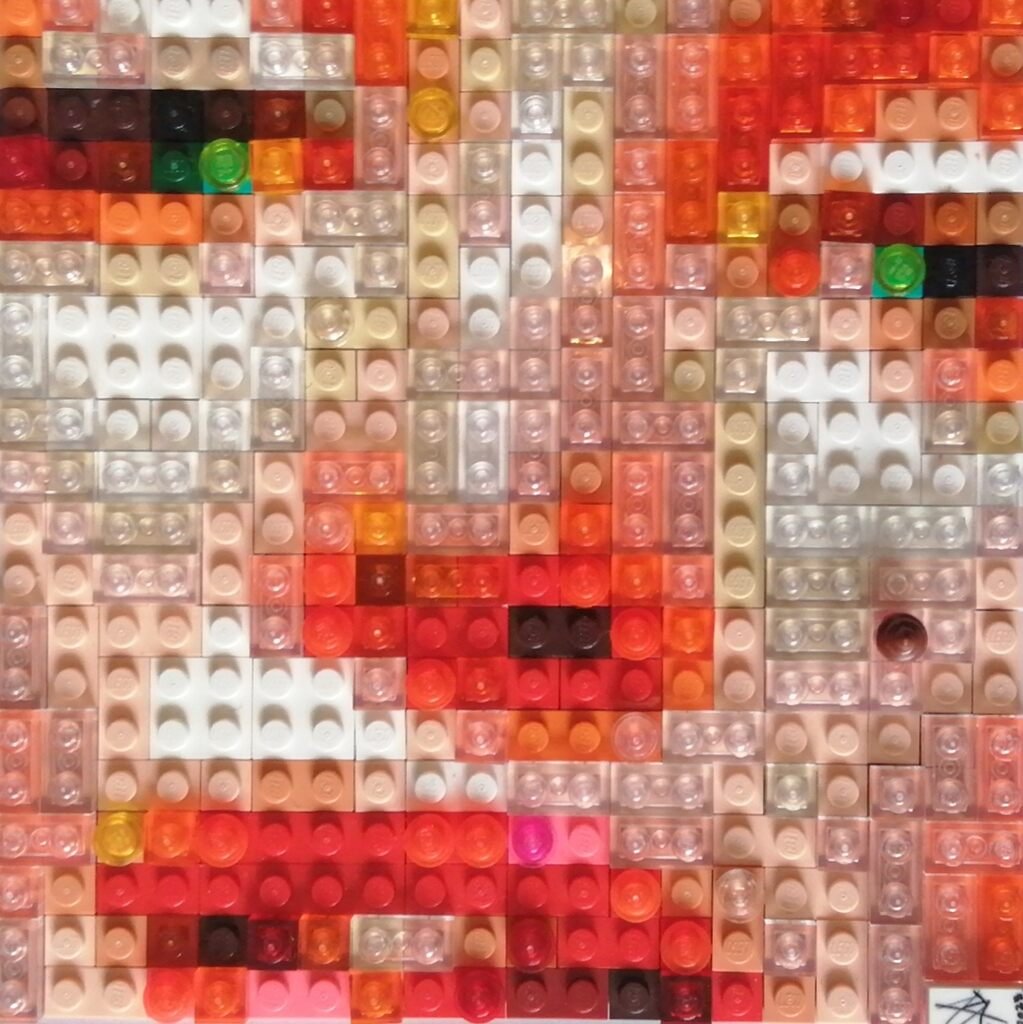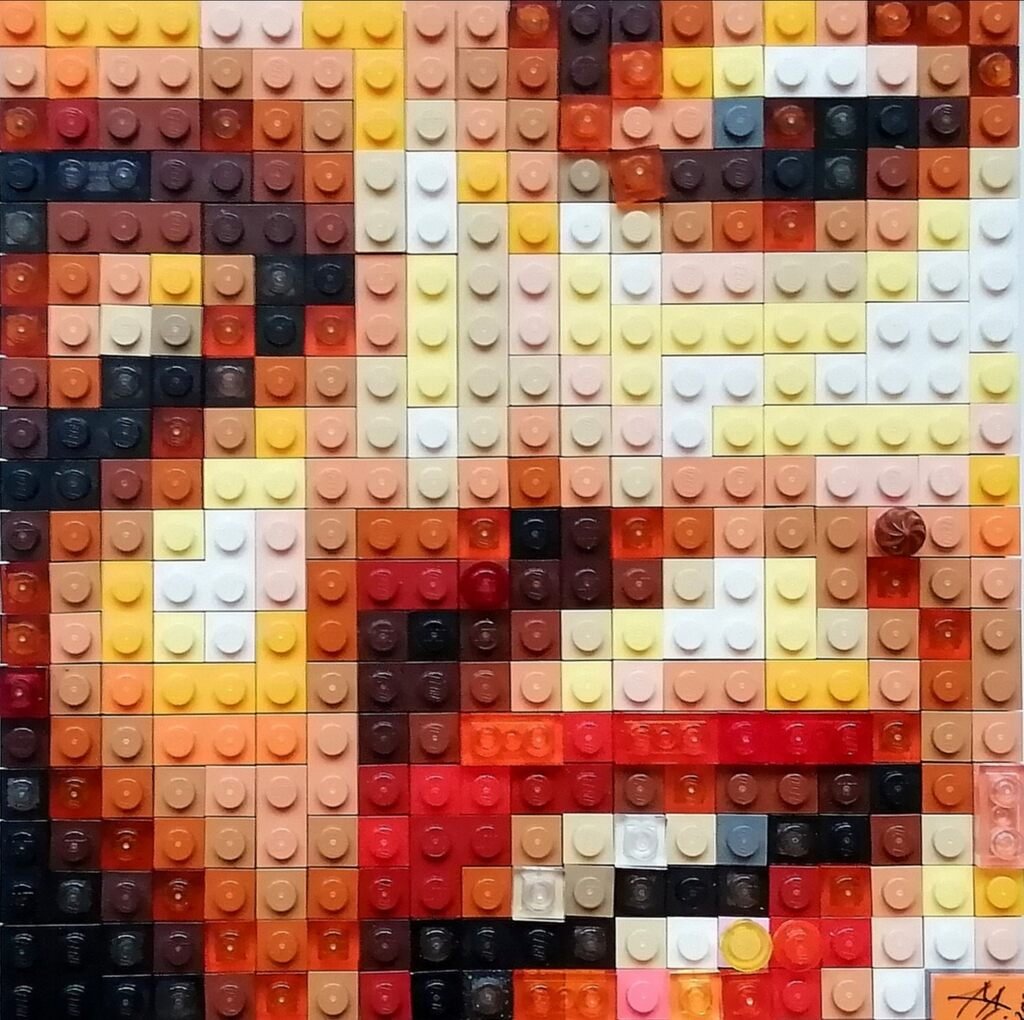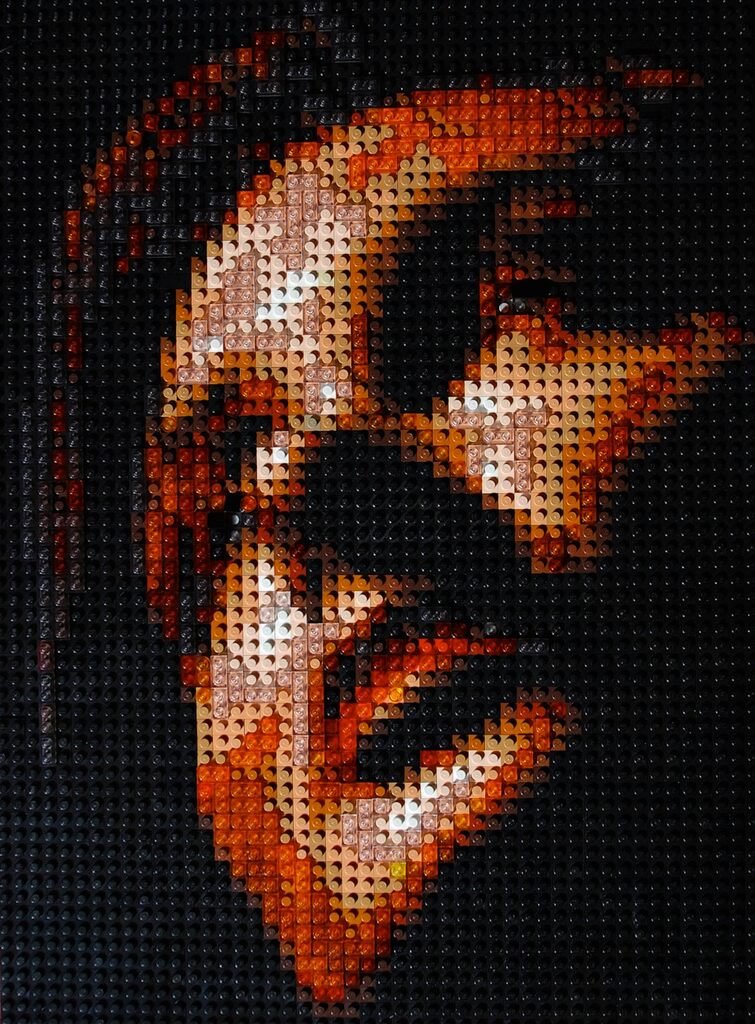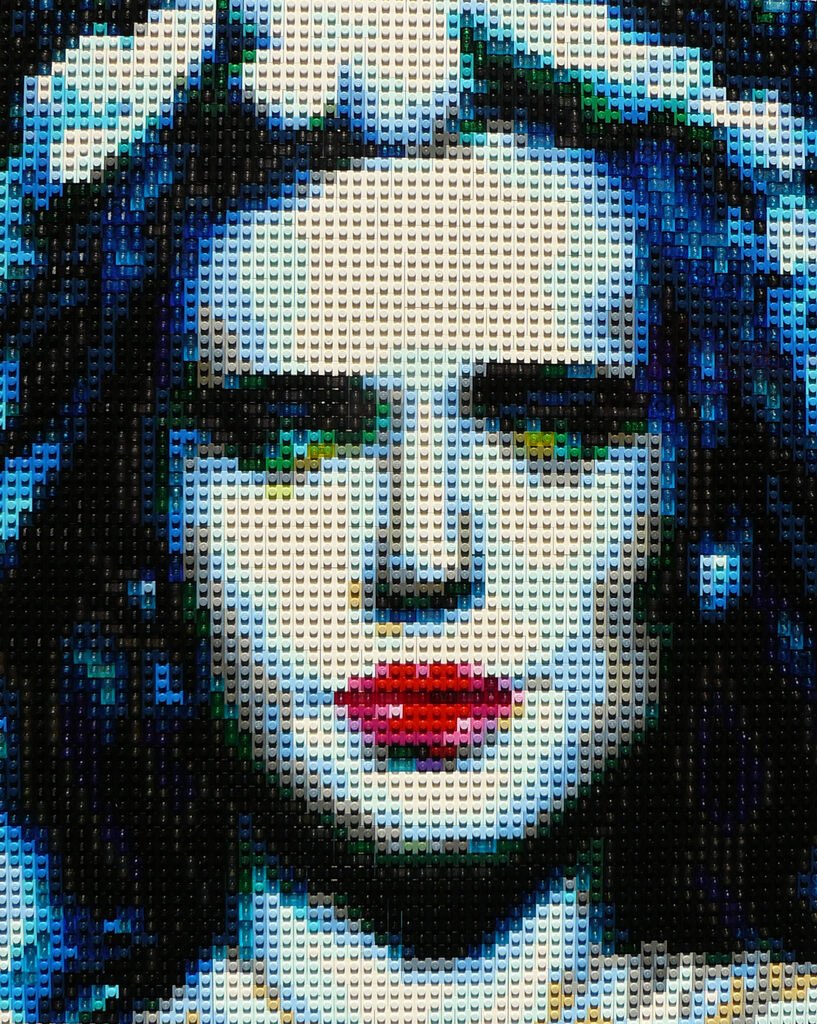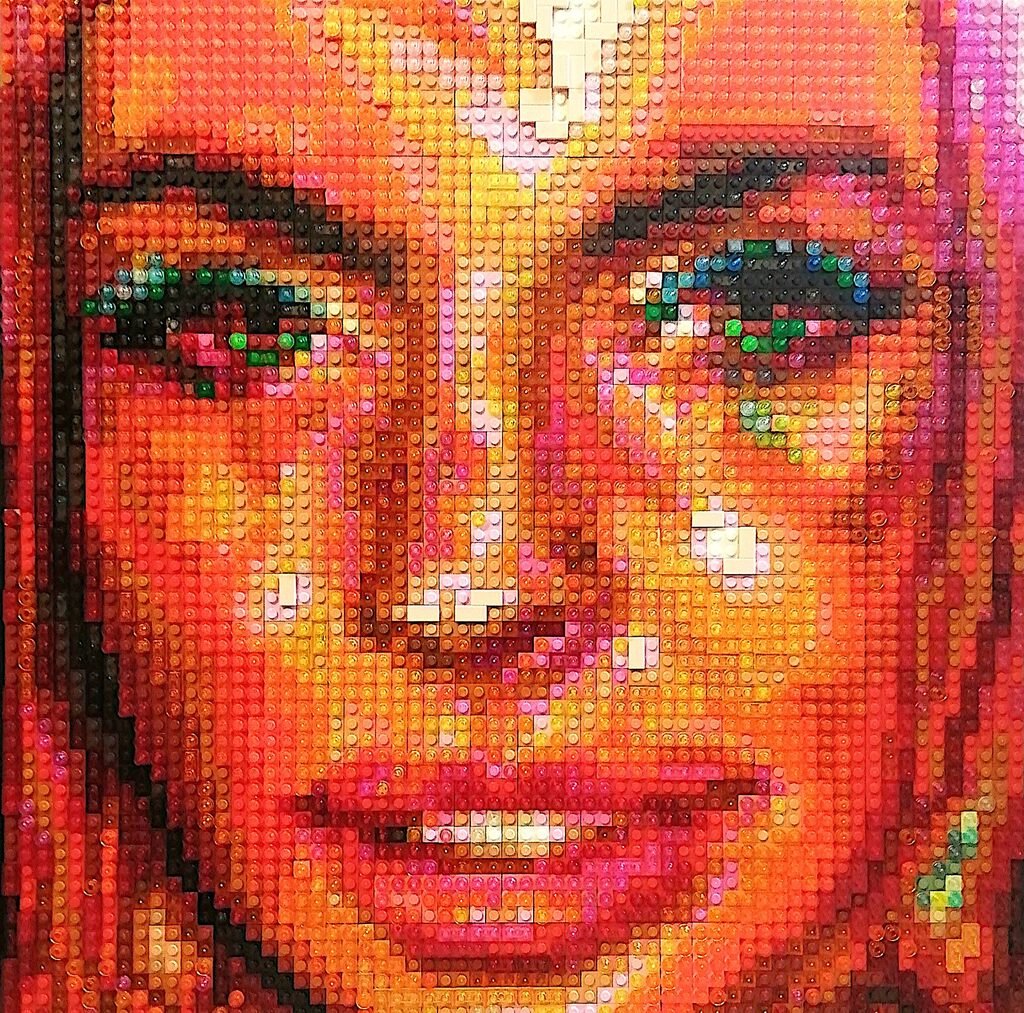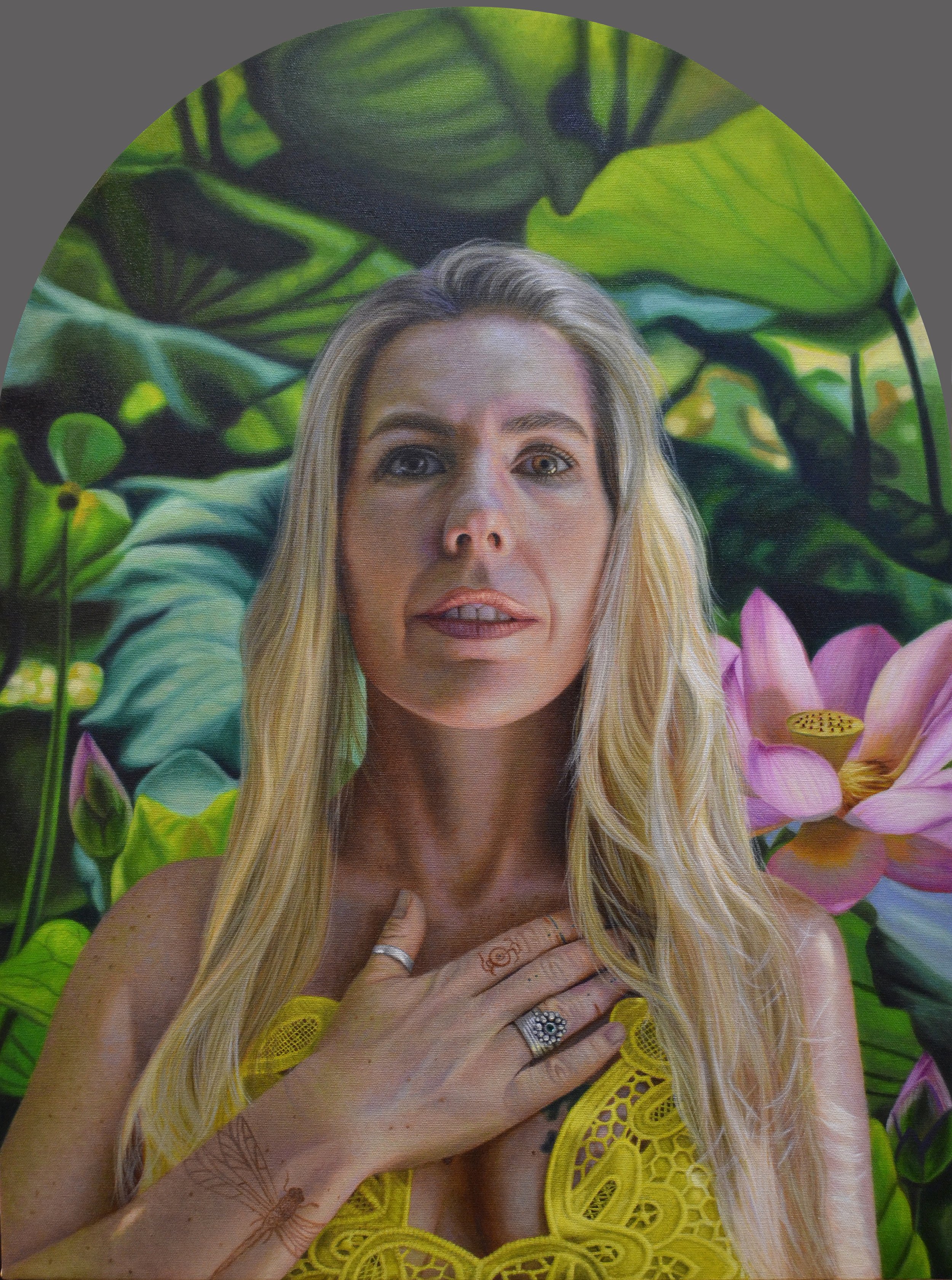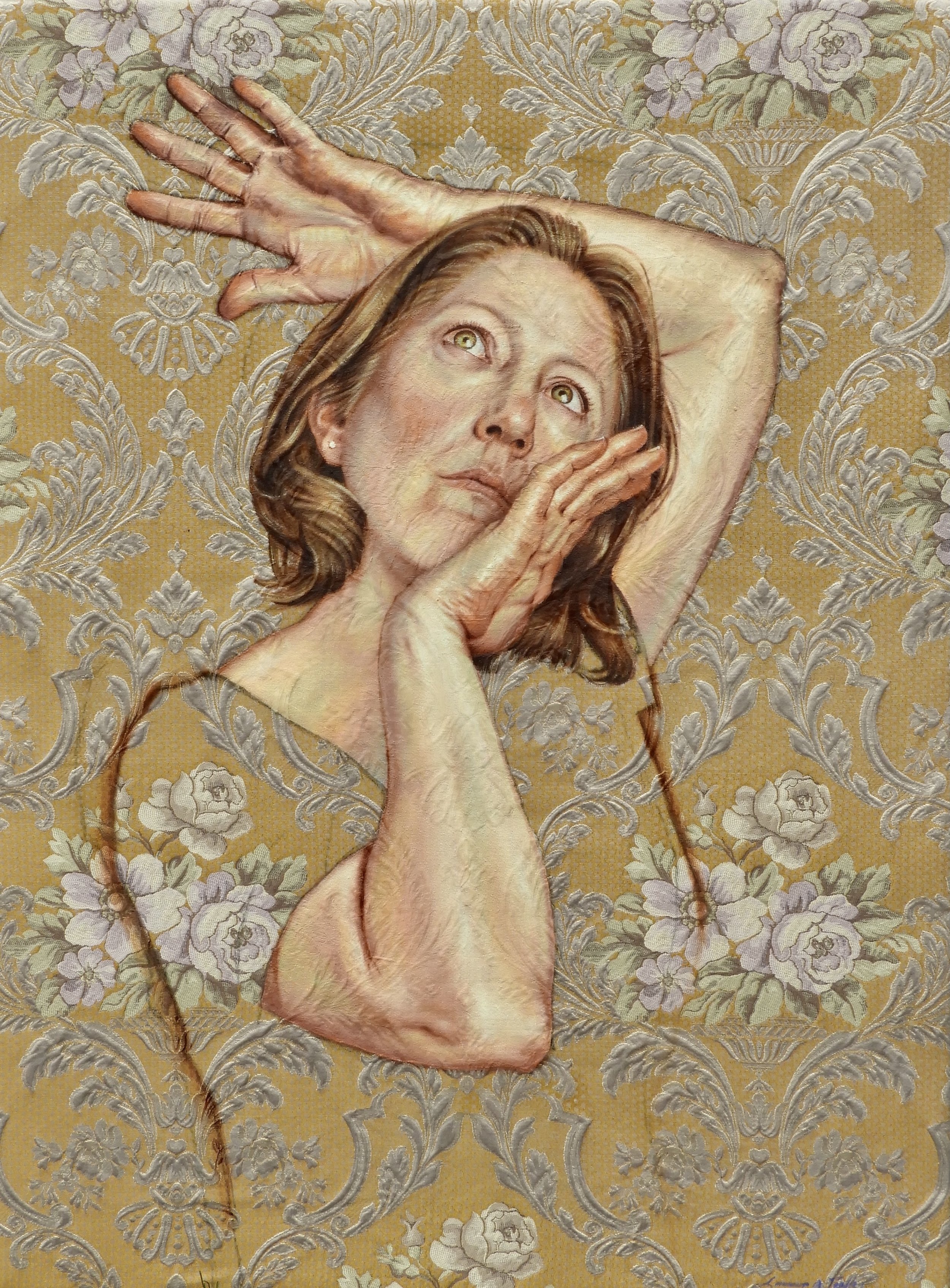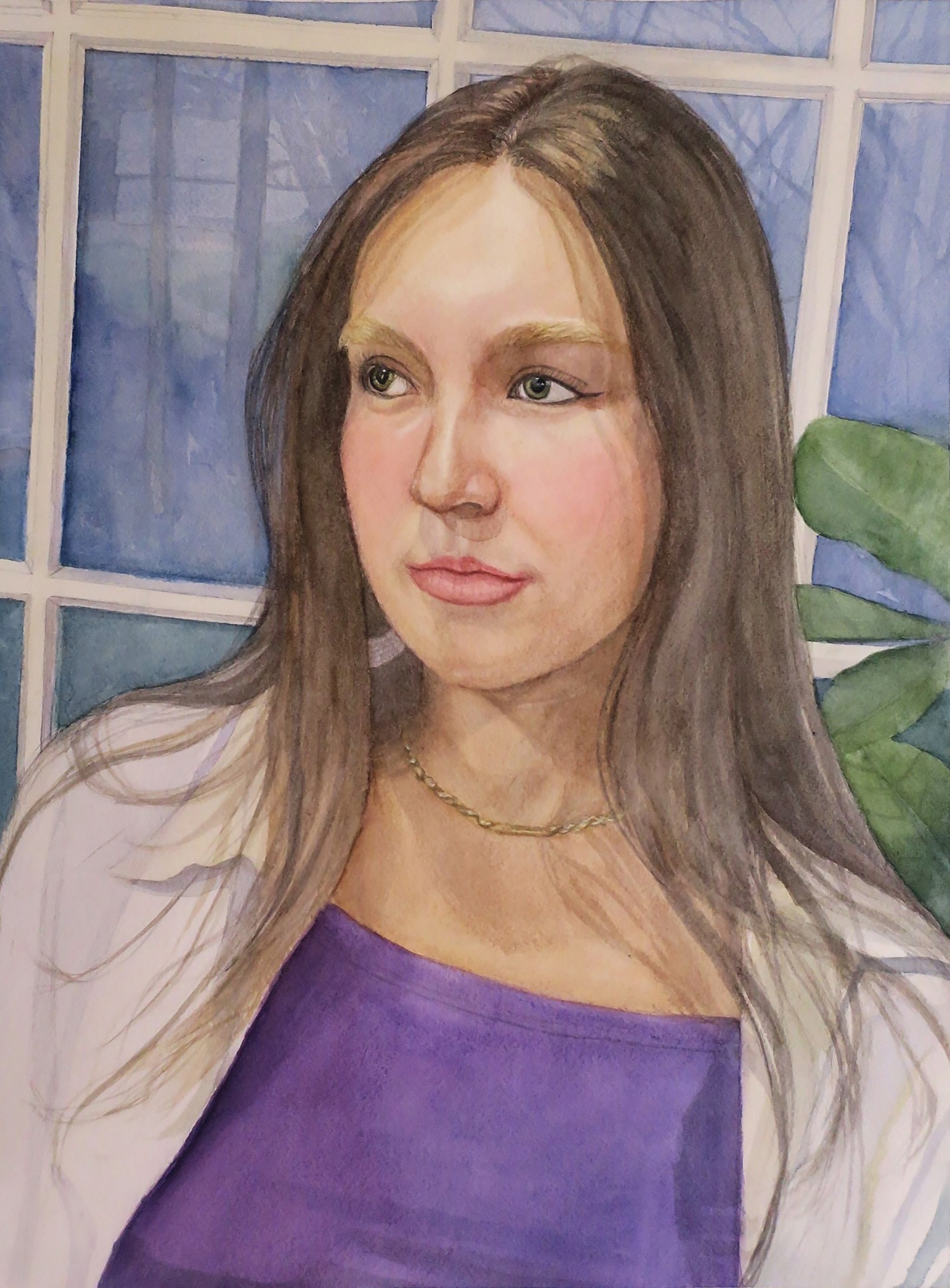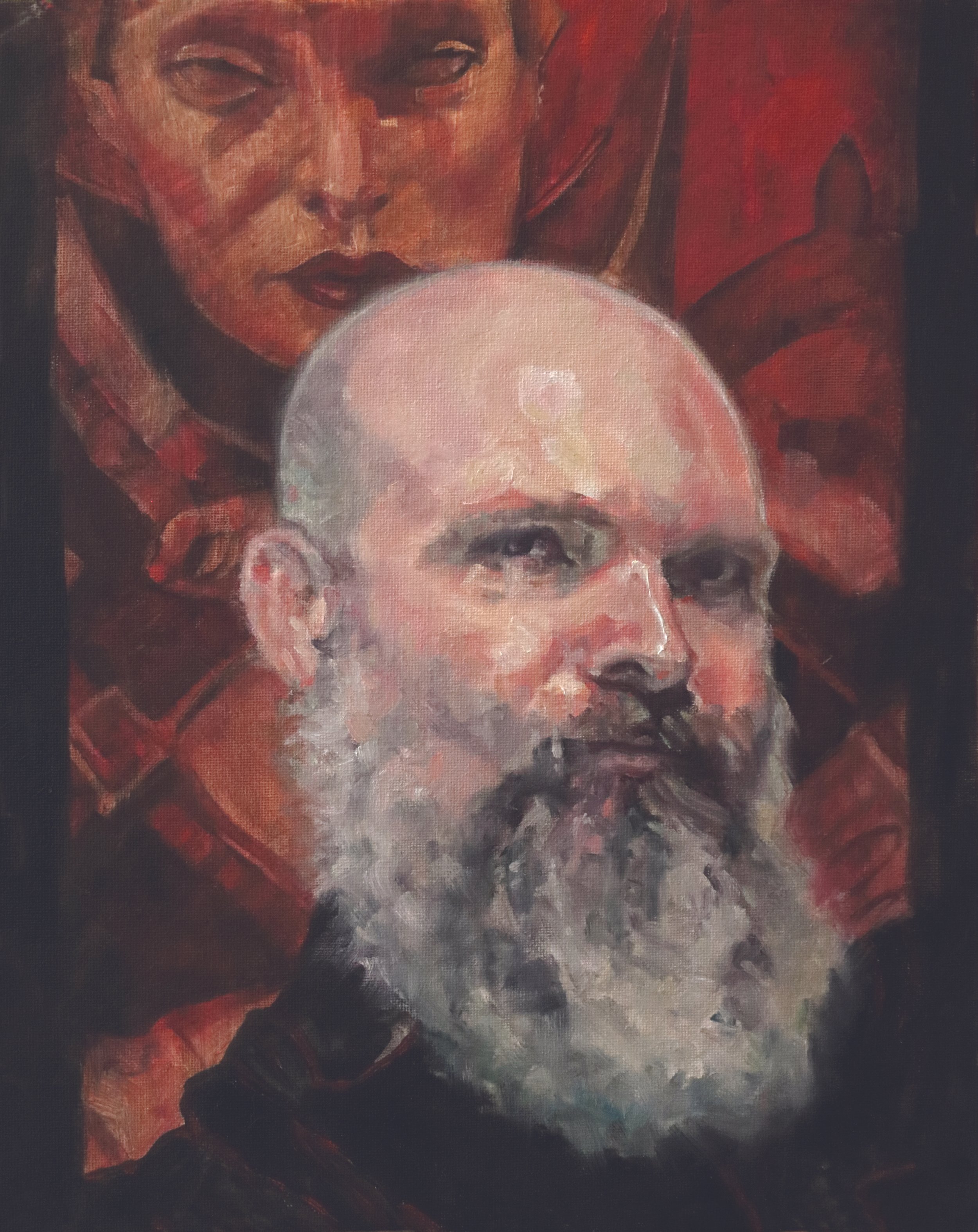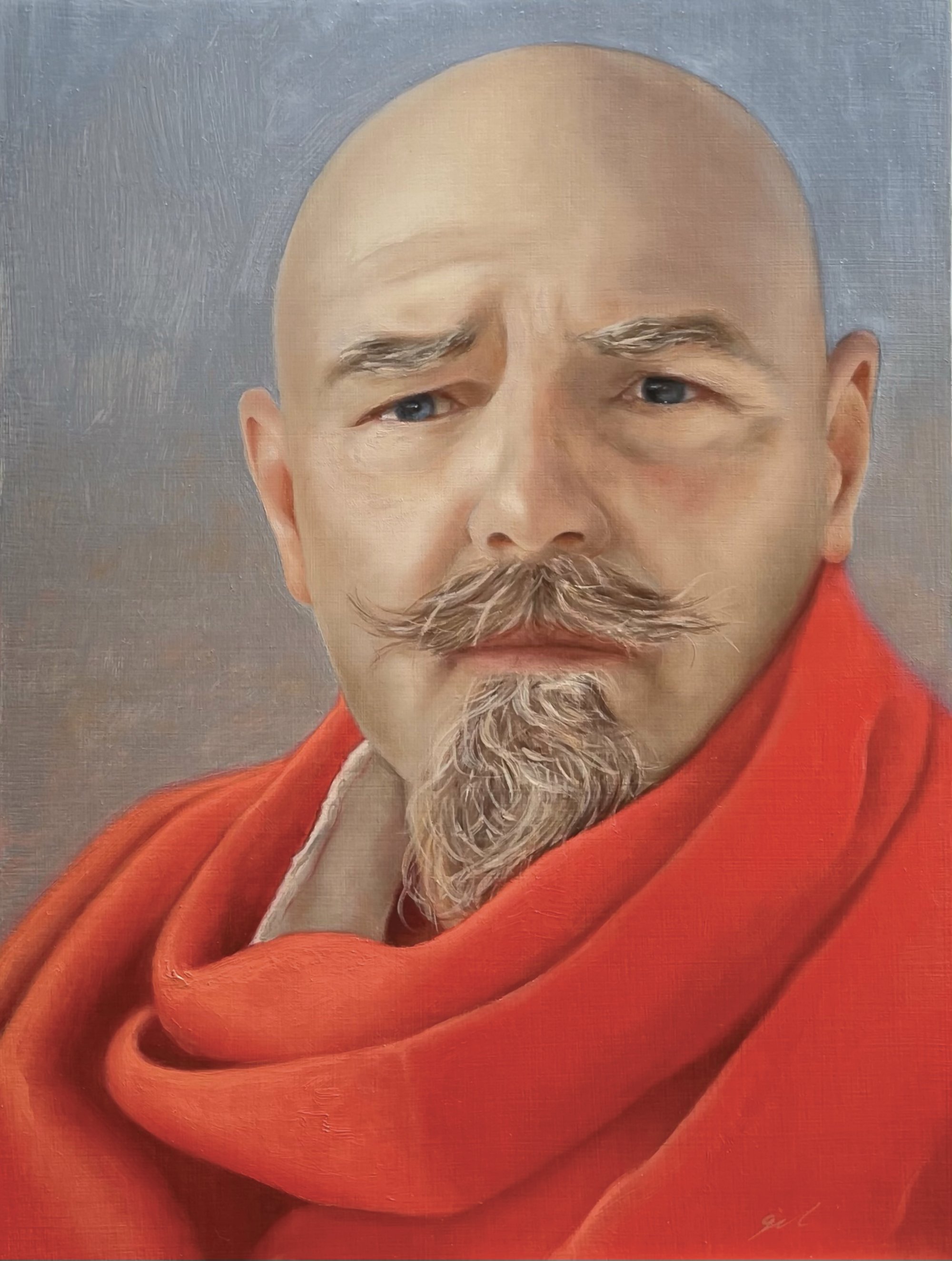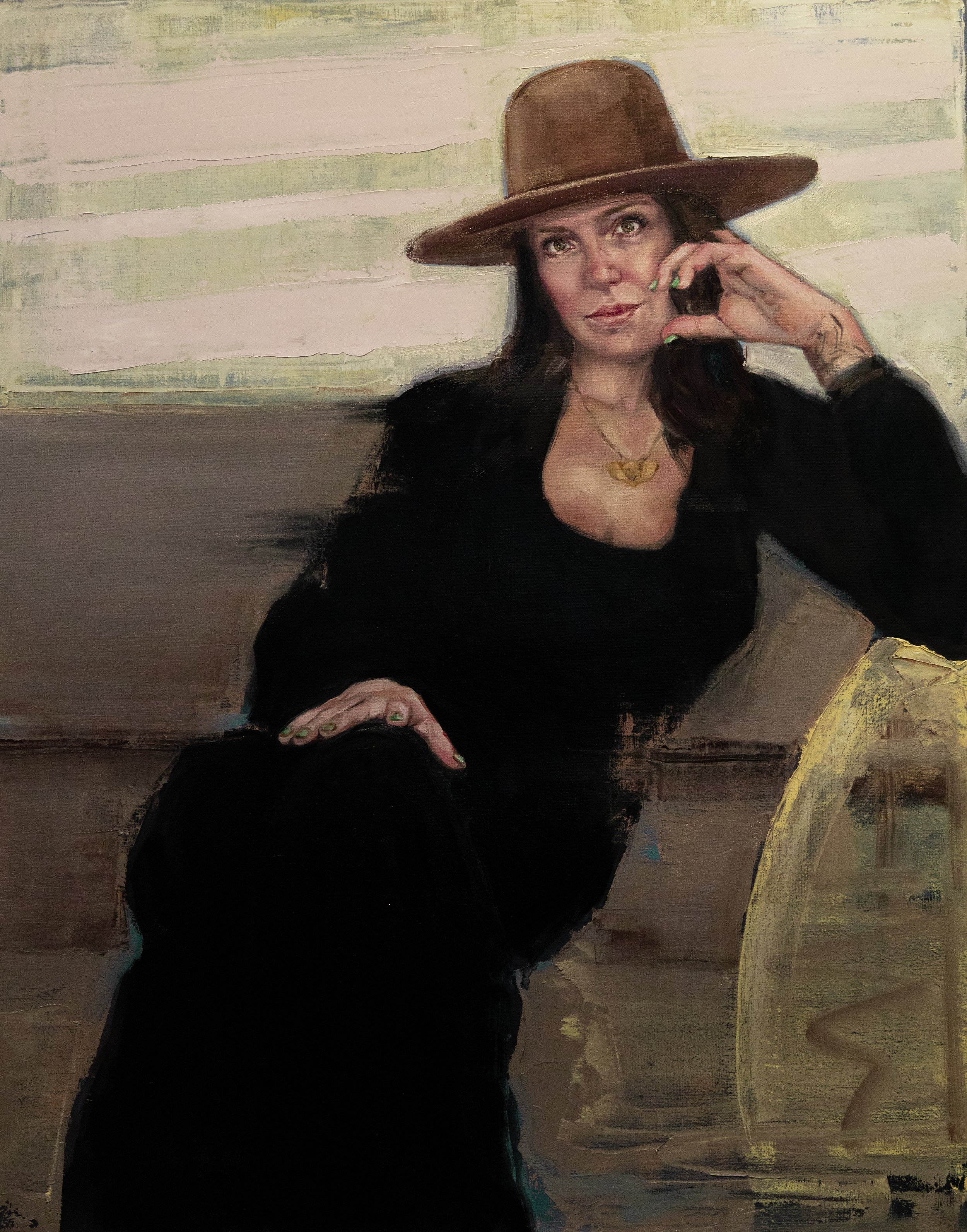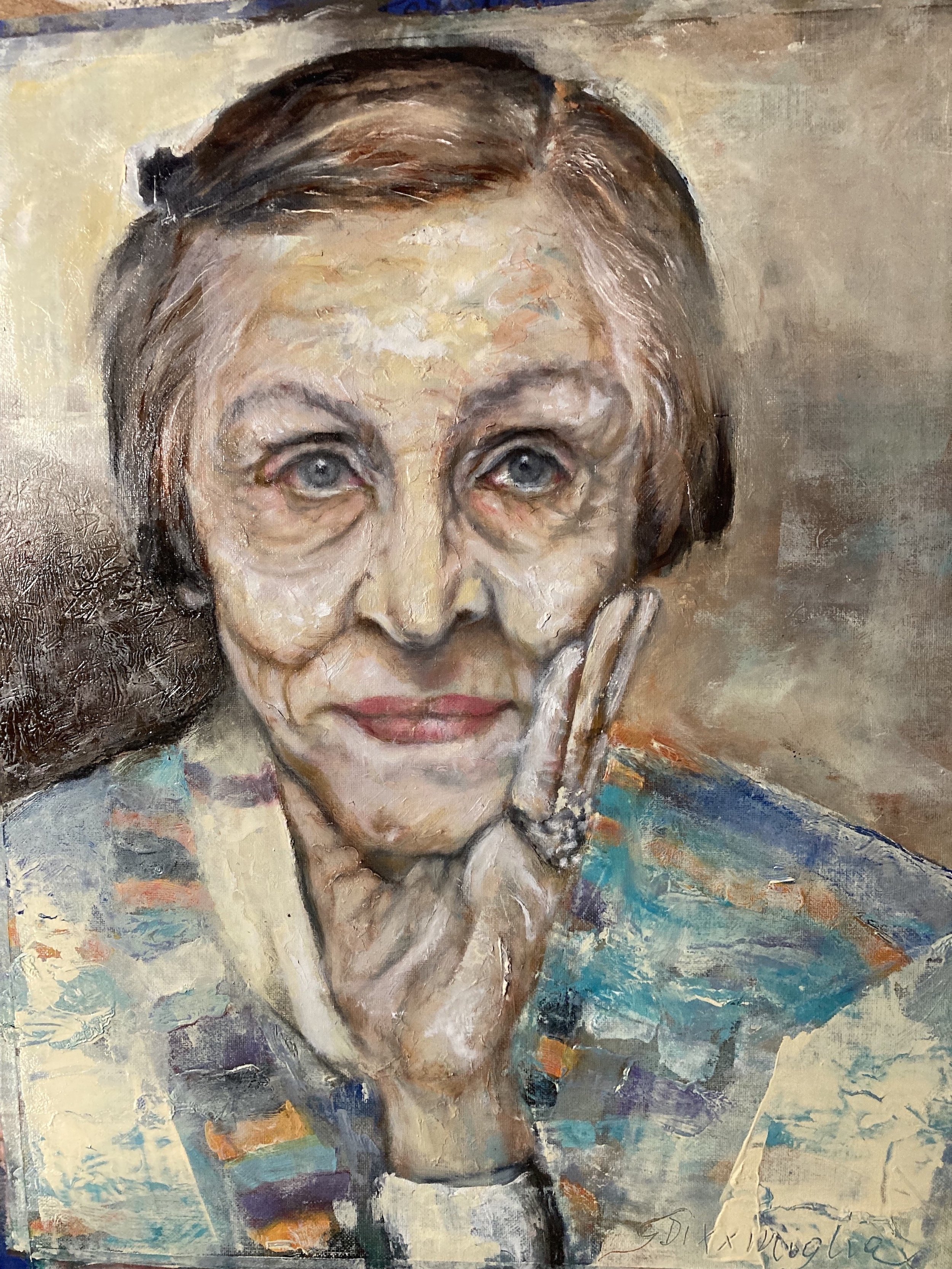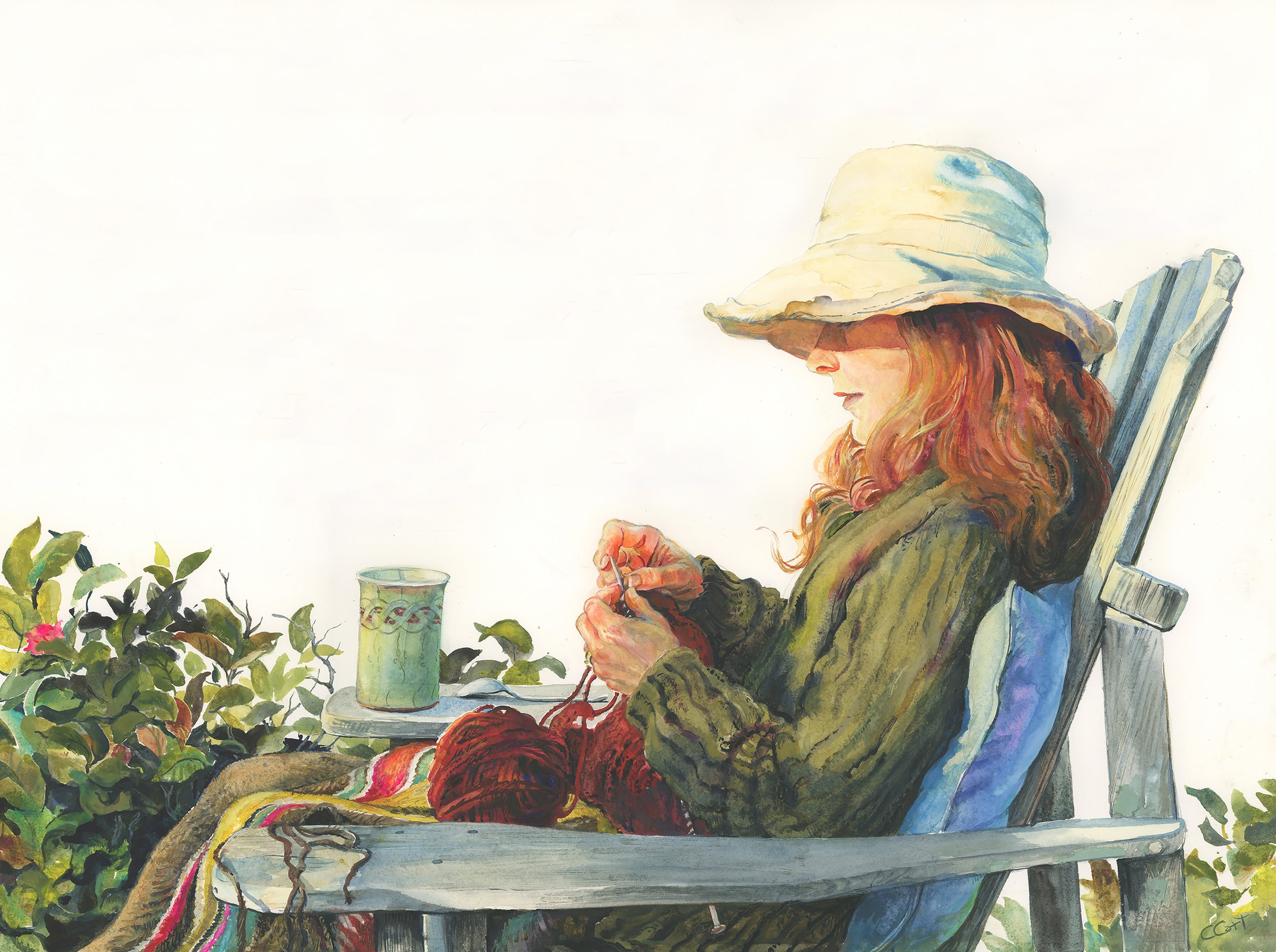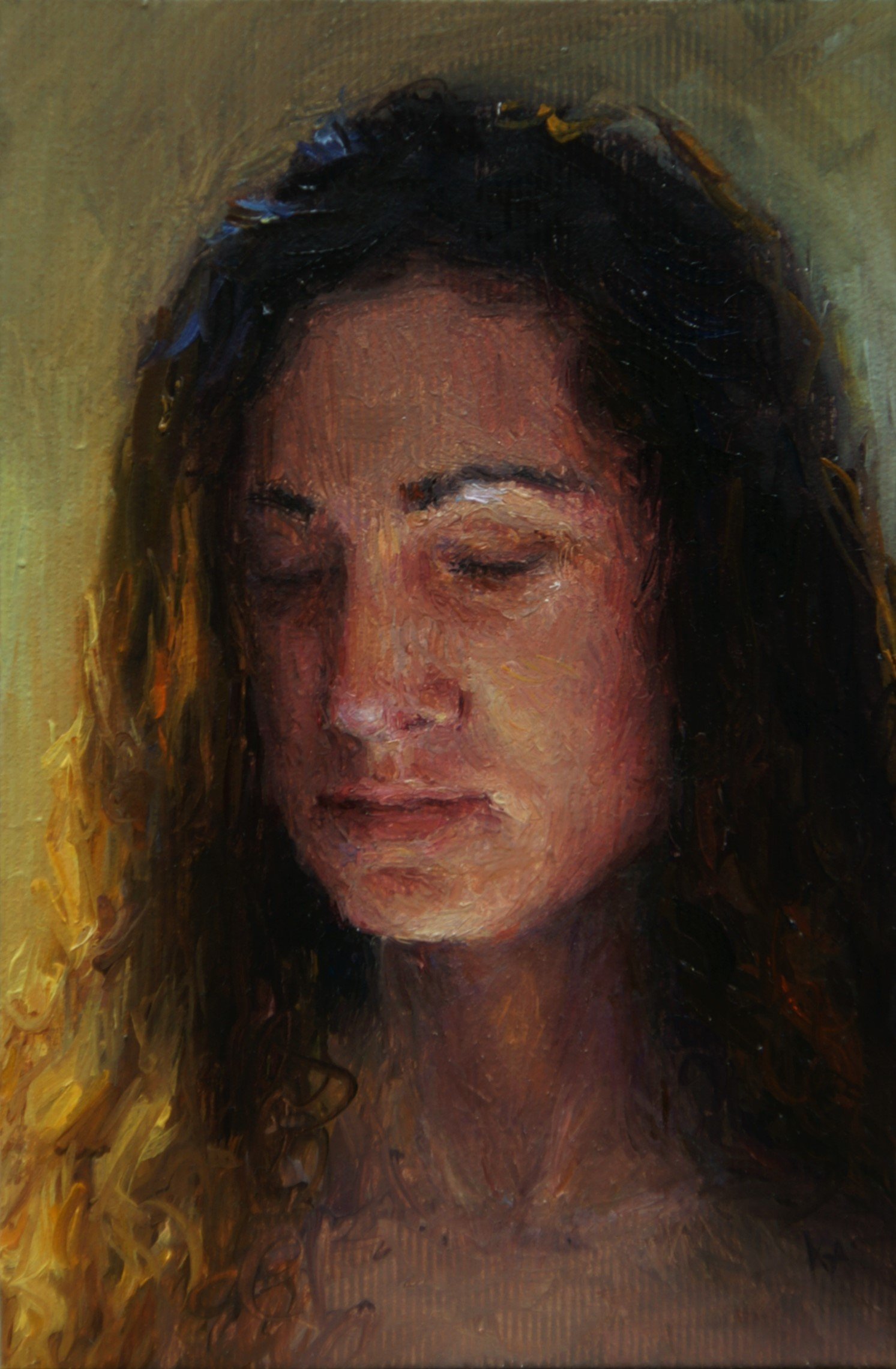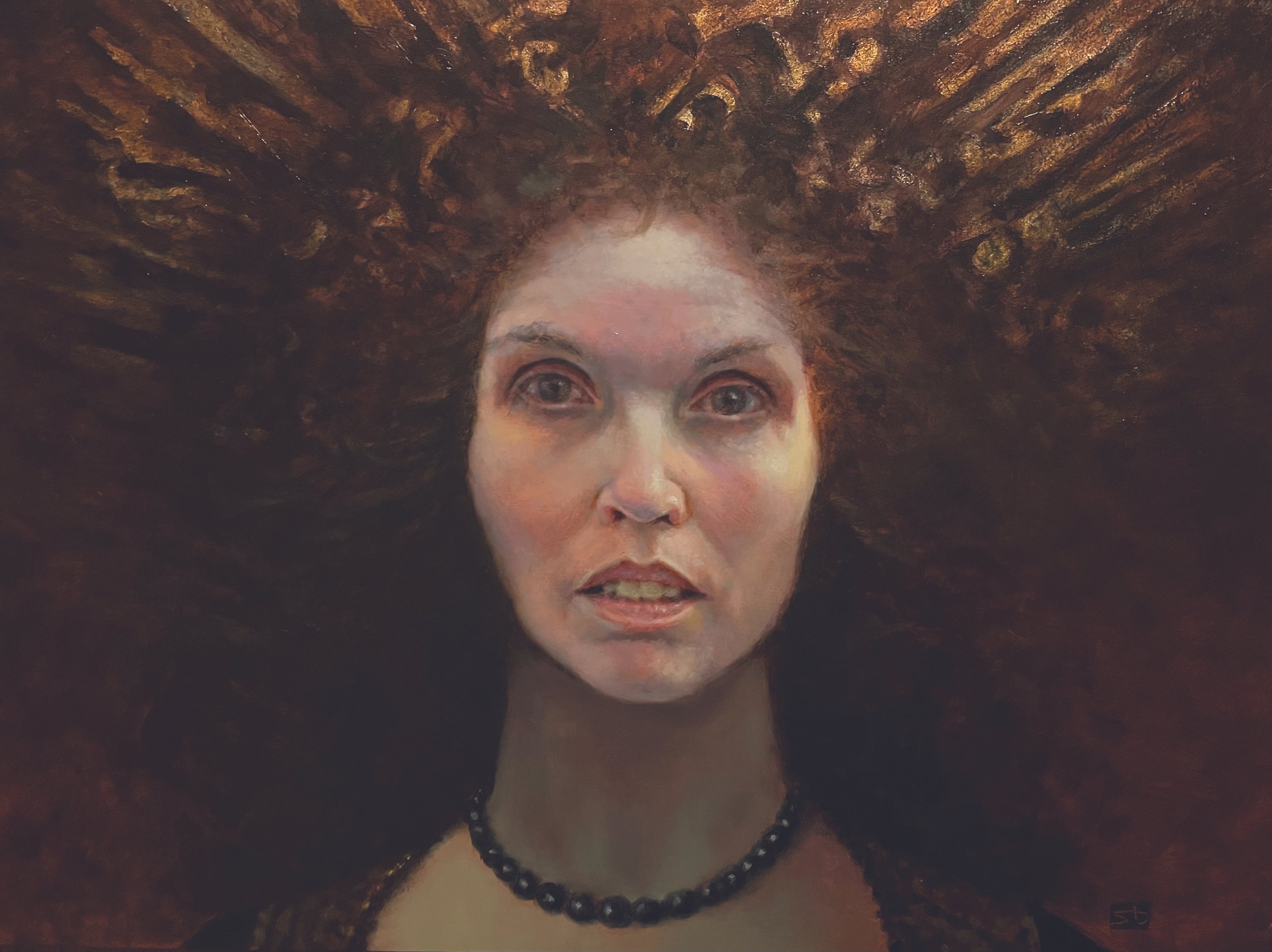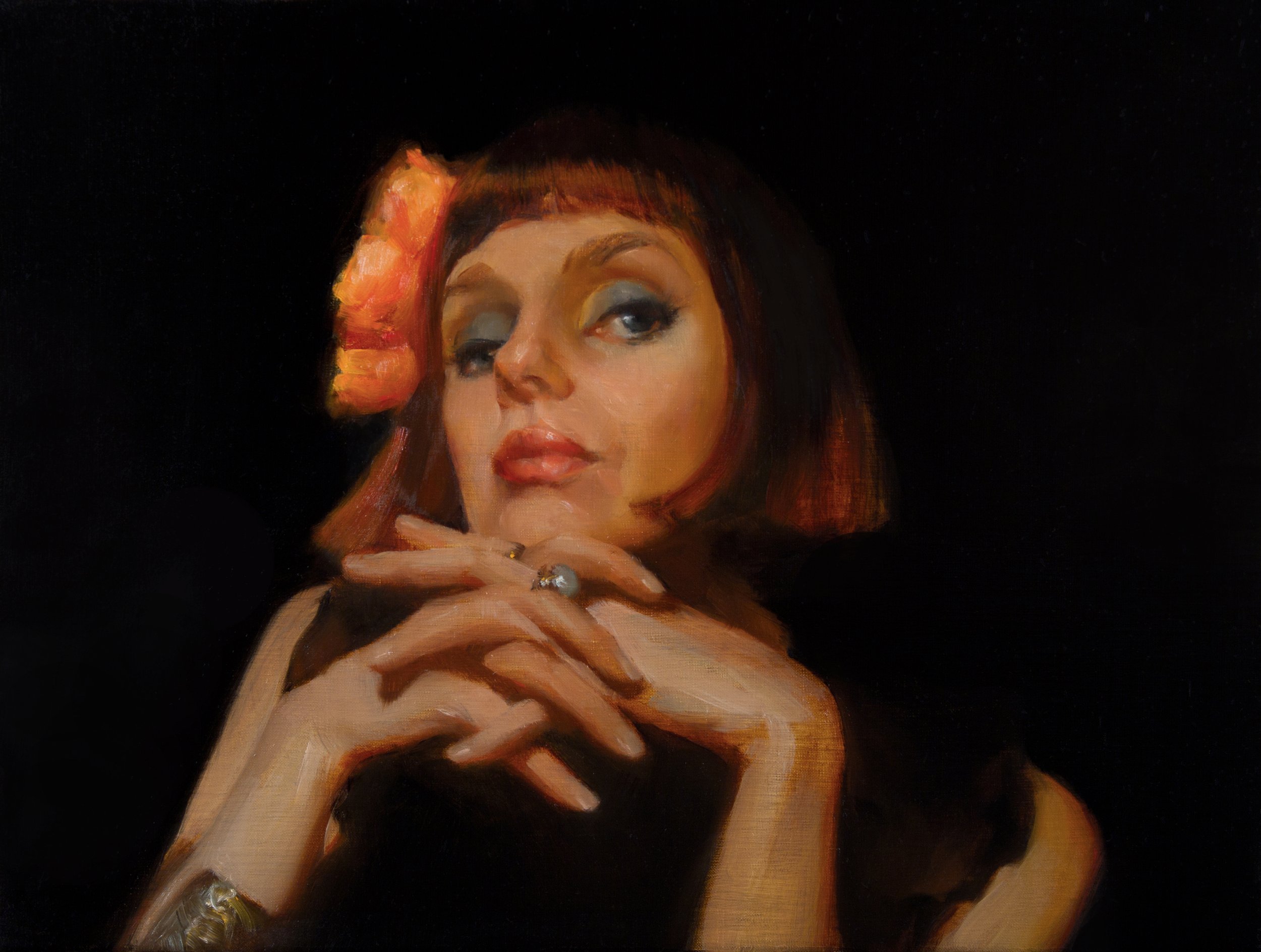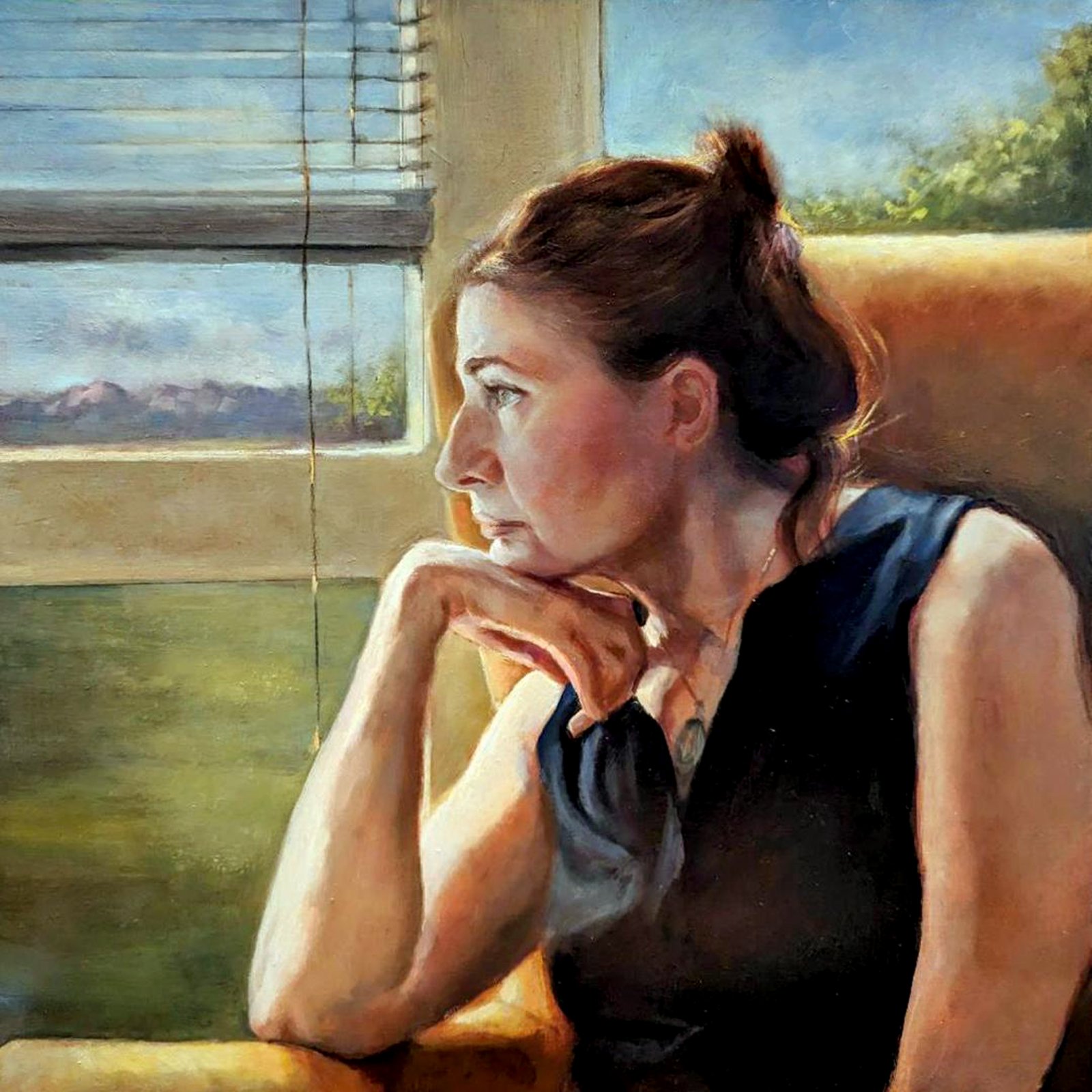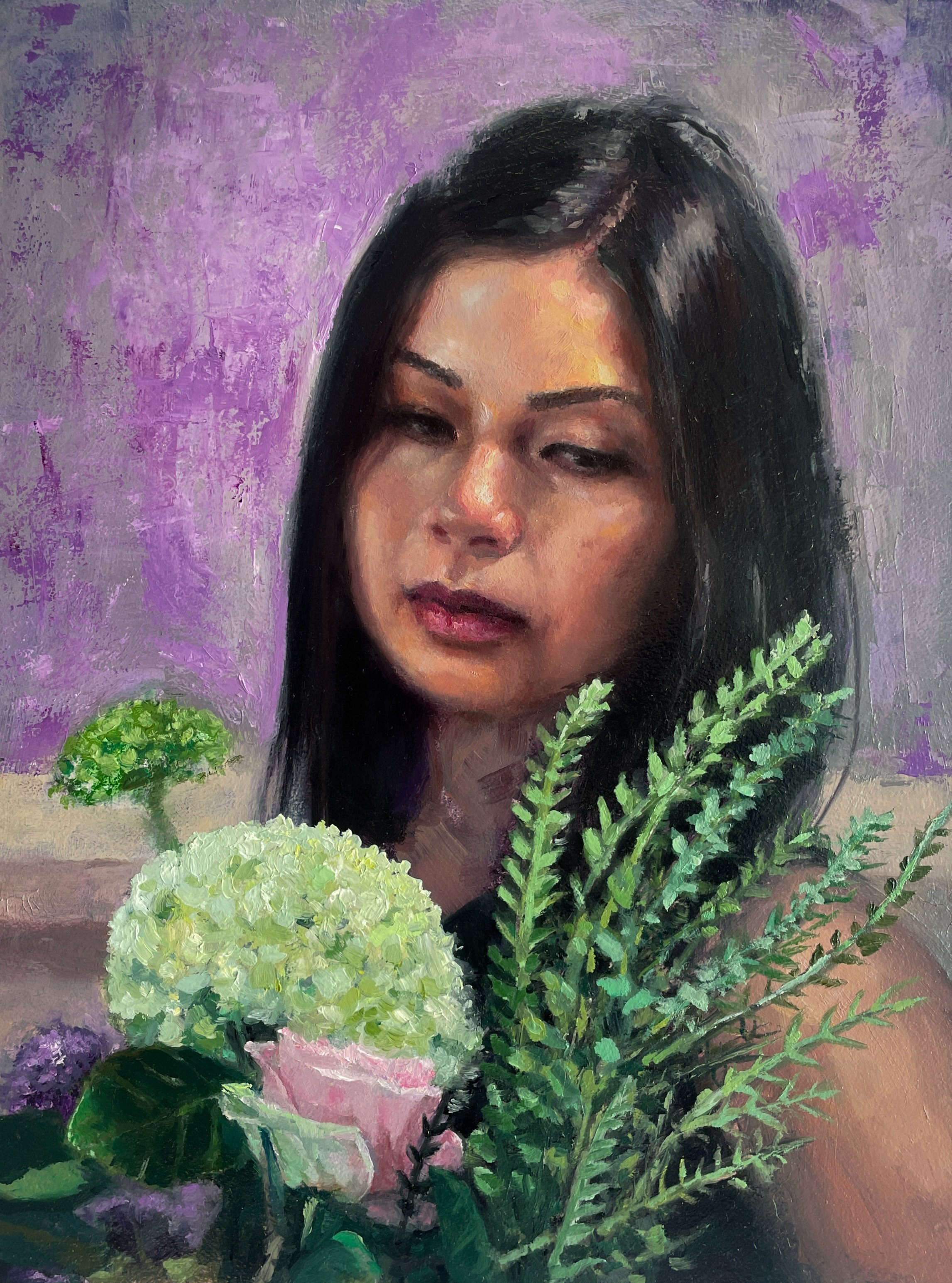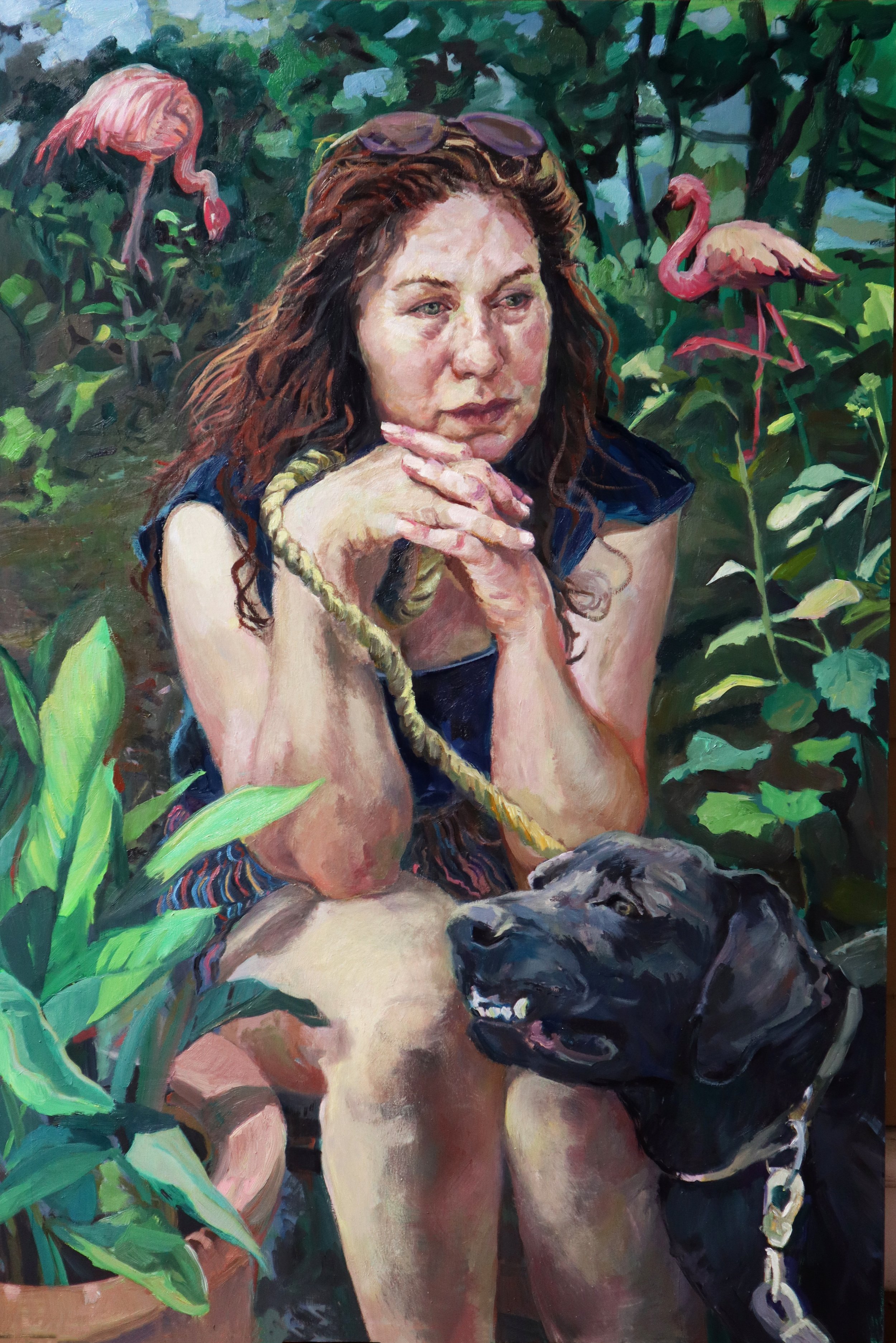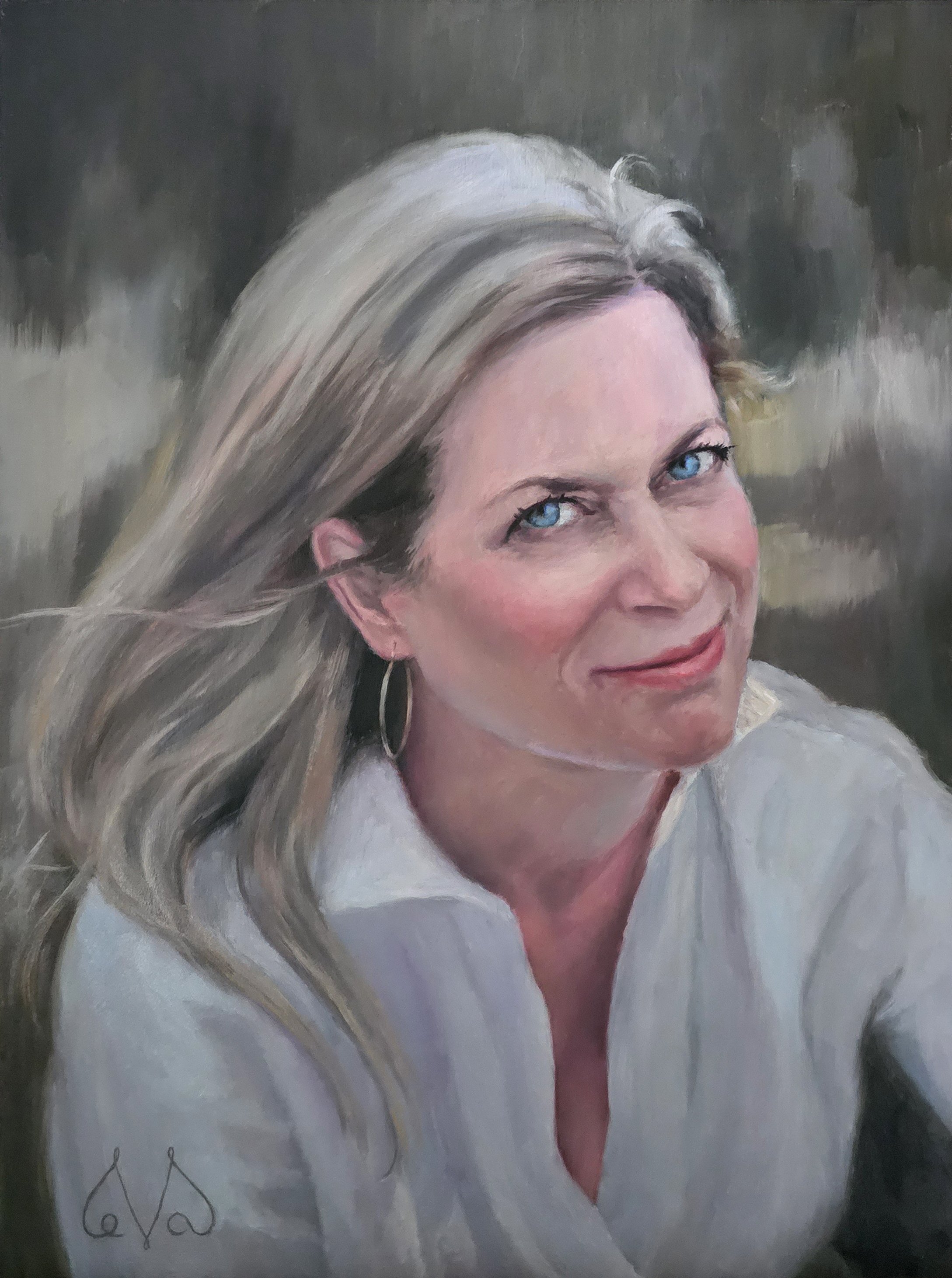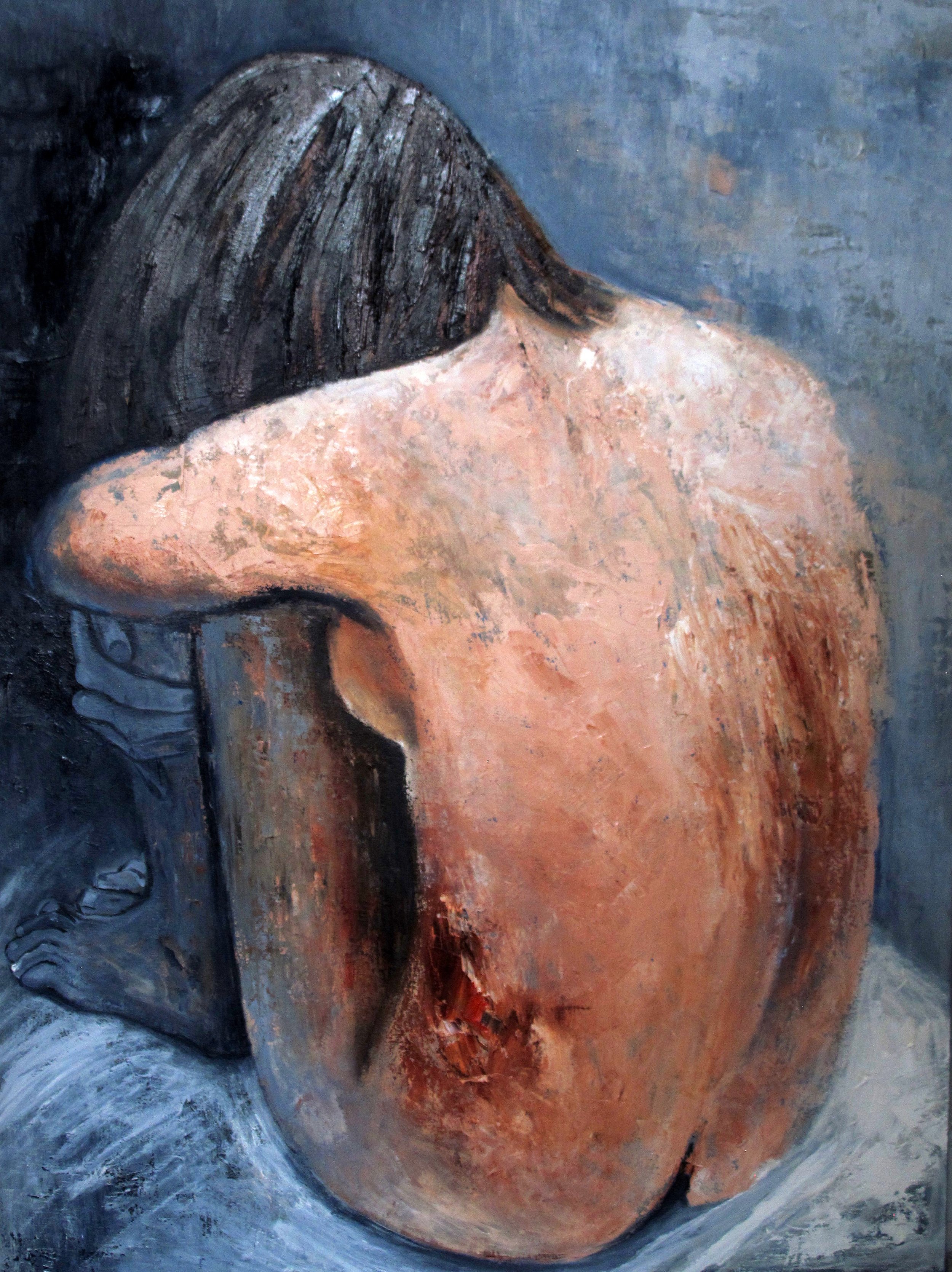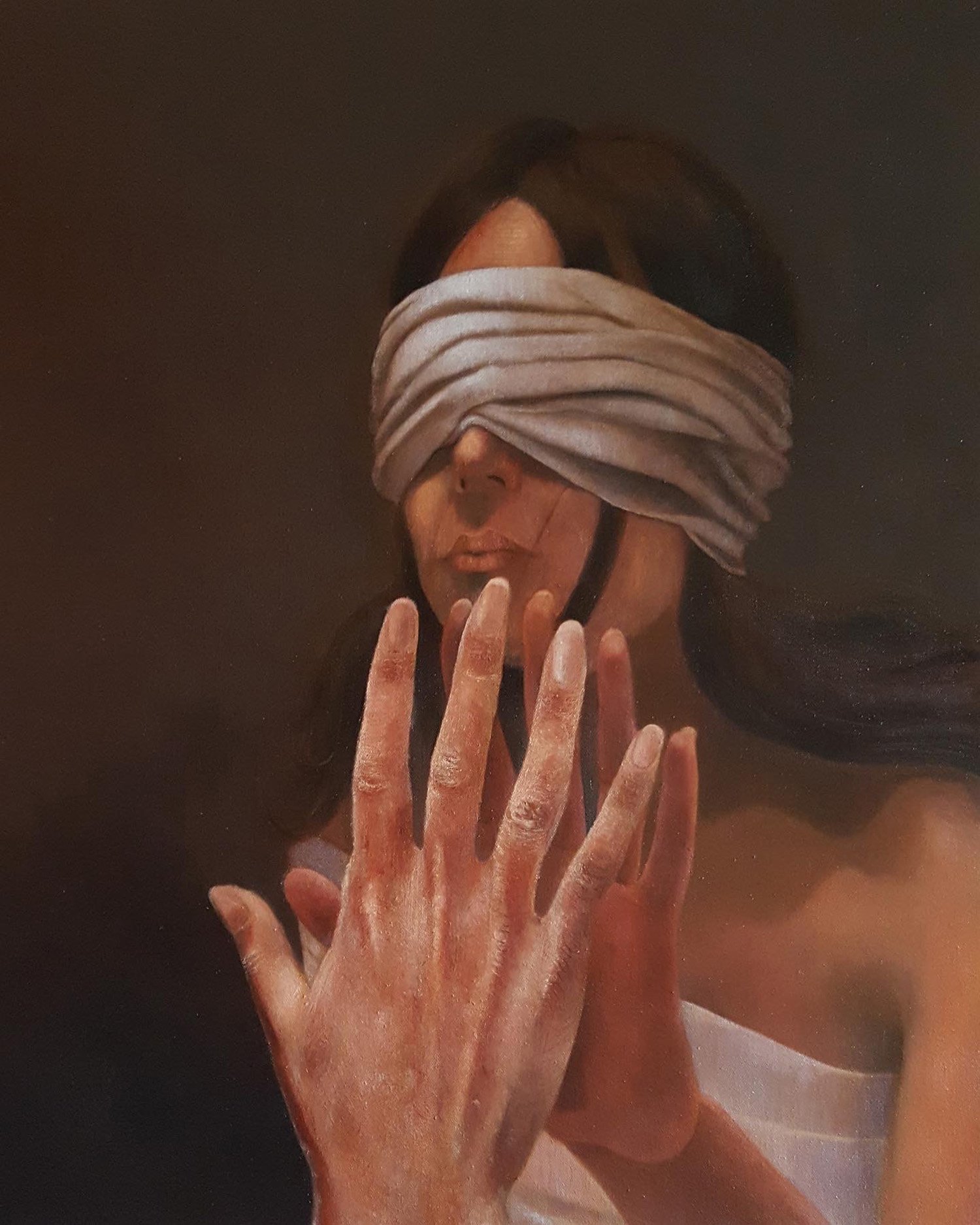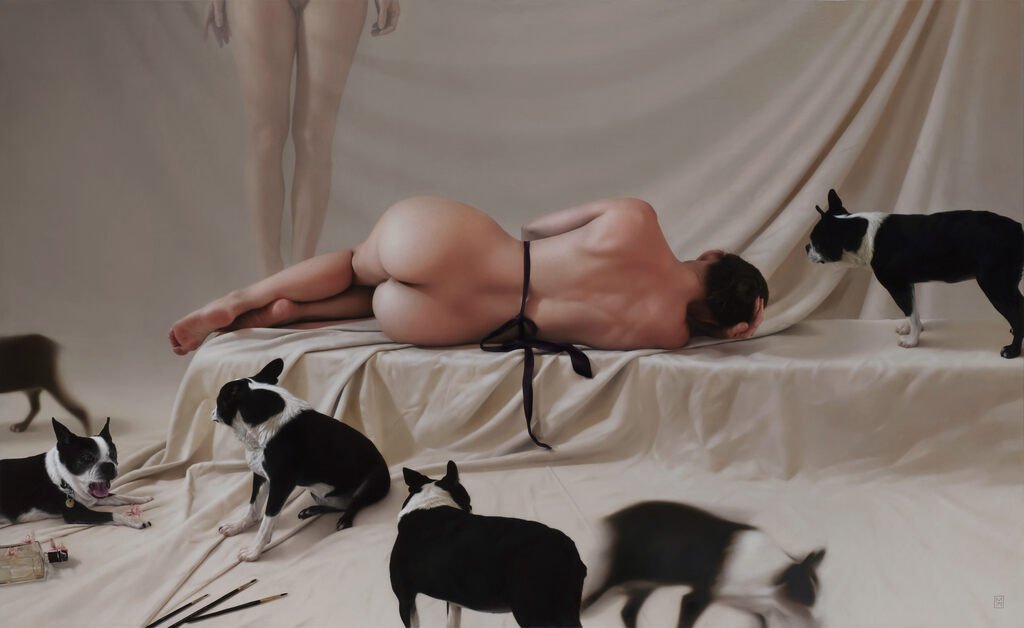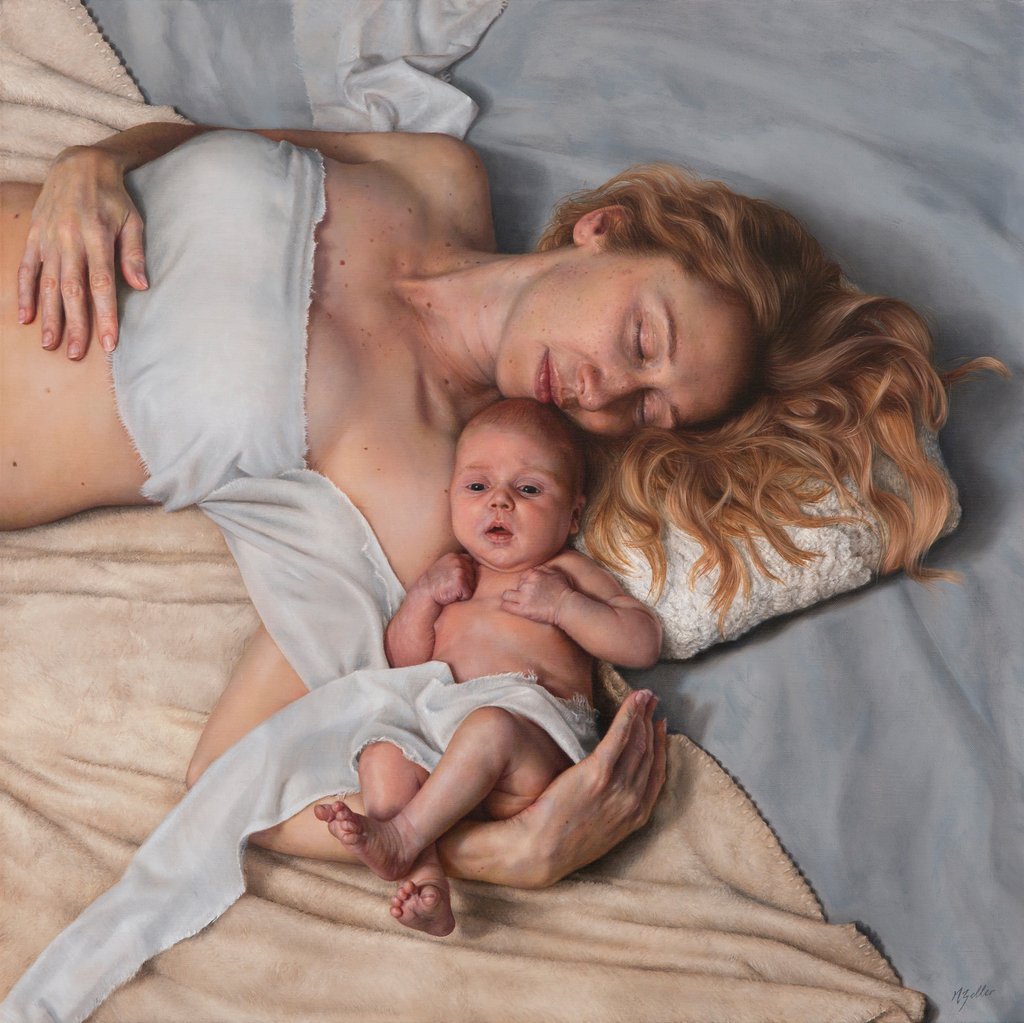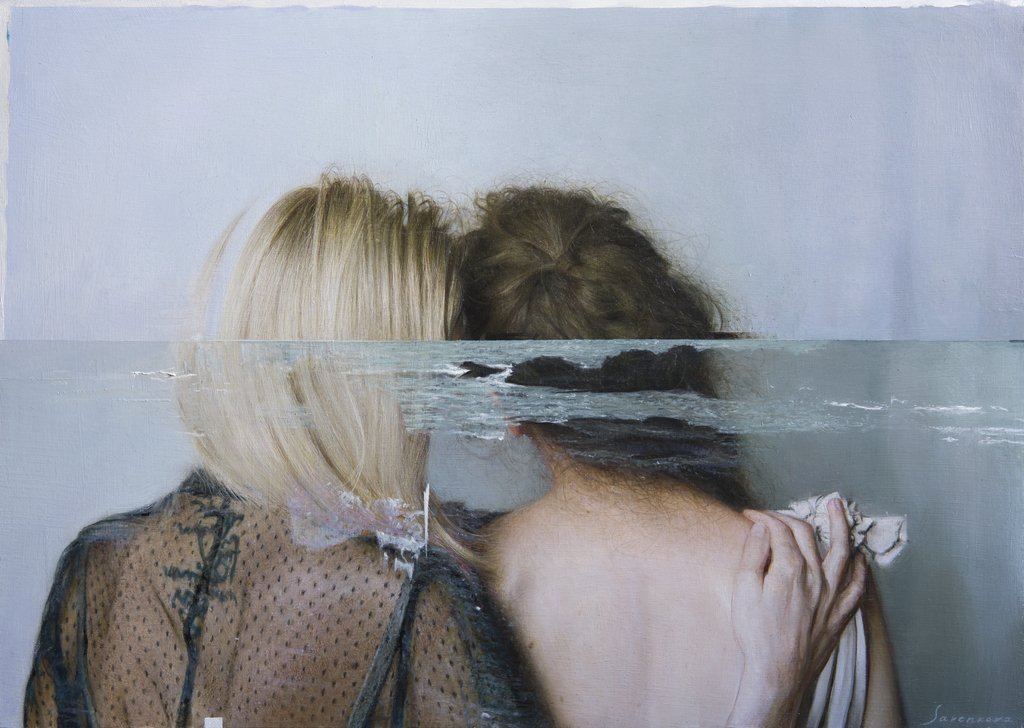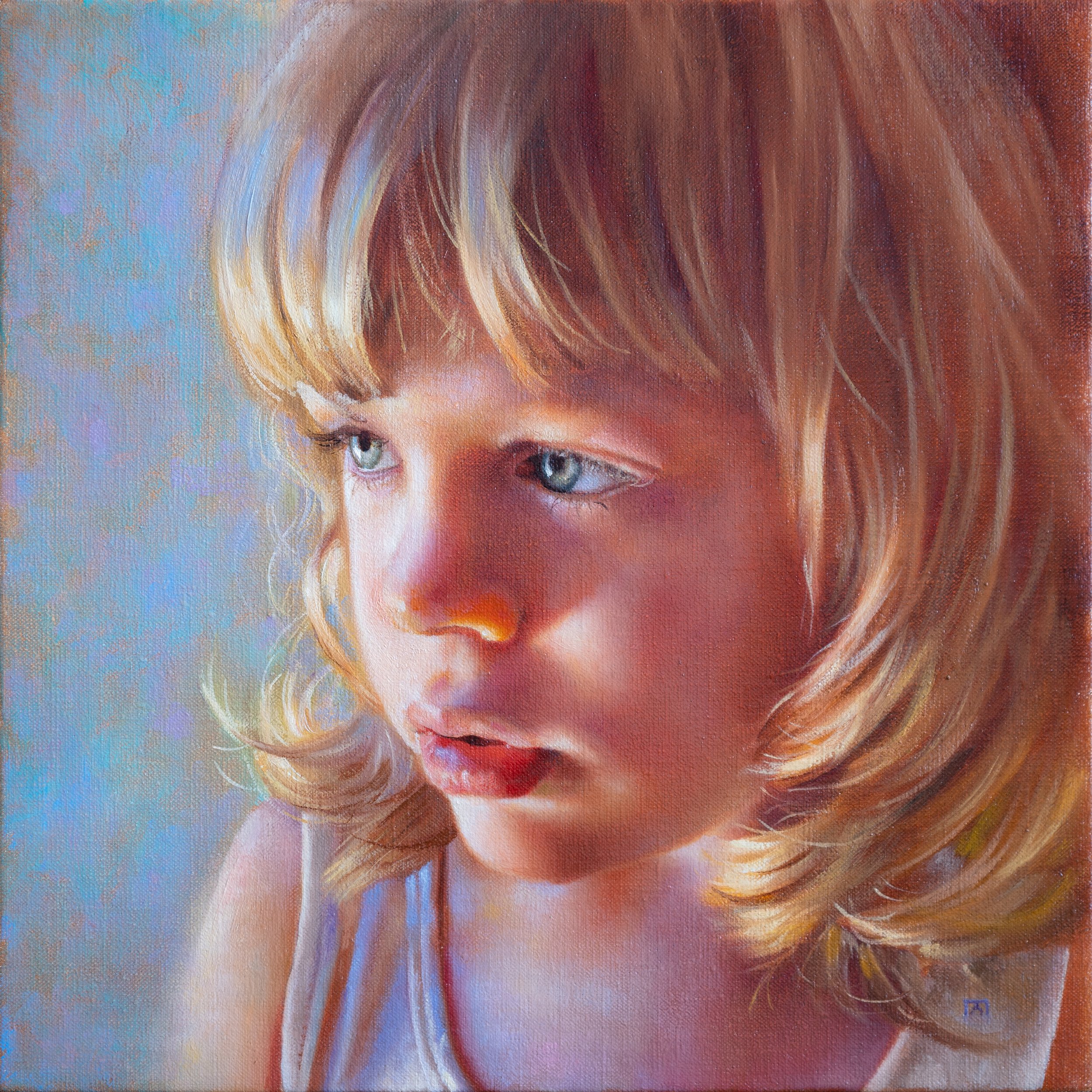Which art trends inspire your current work?
The Baroque era (Rubens, Rembrandt and Gentileschi); “disruptive realism” artists such as Lucien Freud, Jenny Saville, and Alex Kanevsky; and Cubism, particularly where the focus is on overlapping body movements.
How has your style changed over time?
When I began my artistic journey, I started with acrylic paints, focusing on still life and landscapes. As I honed my skills, I transitioned to oils, delving into the world of landscape and still life painting in the styles of old masters such as Cezanne and the Dutch still life painters.
However, my true passion lay in figurative works. To delve deeper into this passion, I went to Paris to immerse myself in a month-long study of figurative drawing. Despite my initial lack of skill, I was determined to improve, dedicating myself to practice and seeking guidance through workshops and mentorships with masters like Cesar Santos and Nicole Sleeth.
Around four or five years ago, I underwent a significant shift in my artistic approach. I moved away from what I term 'technical painting' and began painting from a deeply personal perspective—drawing inspiration from my own experiences. Being a deaf woman, I found profound meaning and authenticity in creating artworks that reflect my unique perspective and journey.
What are your favorite and least favorite parts of professional art?
My favorite aspect of being an artist is the opportunity to connect with various individuals in the professional art world—meeting artist peers, engaging with art consultants, discussing with gallery managers, and sharing moments with those who genuinely appreciate art for its intrinsic value. It's incredibly thrilling when a random stranger reaches out to me, mentioning they encountered my work in an unexpected place and how much they loved it.
However, my least favorite part is encountering the darker side of the art world—scams and greed that exploit artists and collectors. These experiences have made me cautious about those who approach me out of the blue. It's a reminder that, unfortunately, one can never be too careful in navigating this industry.
What factors influence the price of your work?
As an artist, I carefully consider various factors when pricing my work, aiming to establish its perceived value in the art market. My education and experience, cultivated through investments in art school, workshops, and mentorships, contribute significantly to my skill and craftsmanship. This heightened quality justifies the higher price points I set, appealing to collectors who seek exclusivity and appreciate the mastery behind each piece. I also look to my peers, aligning my prices with those of similarly skilled contemporaries to ensure competitiveness and a sought-after position within the art scene.
The past sales of my artwork serve as a benchmark in my pricing strategy, reflecting the value collectors place on each acquisition. By maintaining consistent pricing, I aim to show respect for my patrons and cultivate trust in my work. I also factor in materials and production costs, showcasing the investment in premium materials and the labor-intensive nature of creating each piece. The size and complexity of my artwork further contribute to its price.
In the evolving art market, considerations such as past exhibitions and gallery placements underscore the exclusivity of my art, emphasizing its value beyond the canvas. Ultimately, my pricing strategy blends my skill, reputation, and market awareness.
What are your ultimate career goals?
My ultimate career goal is to be featured in renowned art museums and to secure representation with a blue chip gallery. I aspire to achieve international recognition and respect within the art world.
Tell me about a time you received negative comments or harsh criticism. How did you handle it?
When I posted my painting, 'The Playful Graces of AJ,' depicting a person who is Deaf-Plus, specifically living with cerebral palsy, I received generally positive reactions from the Deaf community. However, one person, who also had cerebral palsy, reacted very negatively, accusing me of mocking both AJ and cerebral palsy itself. I was taken aback and deeply concerned.
In response, I reached out to AJ directly to seek her perspective. I asked her if I had misrepresented or mocked her in any way with my painting, and I made it clear that if I had, I would remove the painting from public view immediately. To my relief, AJ loved the painting. She told me that it captured her personality truthfully and honestly, and that it resonated with her deeply.
AJ also reminded me that while there may be individuals who are disturbed by such representations, there are many more who appreciate the honest portrayal of multiple disabilities. She shared that the painting had a positive impact on many within the community and beyond, lifting their spirits and validating their experiences.
This experience reinforced to me the importance of engaging directly with the individuals I portray and seeking their perspectives. It also highlighted the diverse reactions that art can evoke, and the need to navigate these sensitivities with care and openness.
Describe a piece of art you are most proud of. Why?
As an artist, the journey of skill development is constant. There are moments when you reach a new level of competency, a feeling of leveling up that is incredibly rewarding. For me, 'Breathe' is that painting—it informed me that I had pushed through my limitations and that I have the potential to continue growing and improving.




